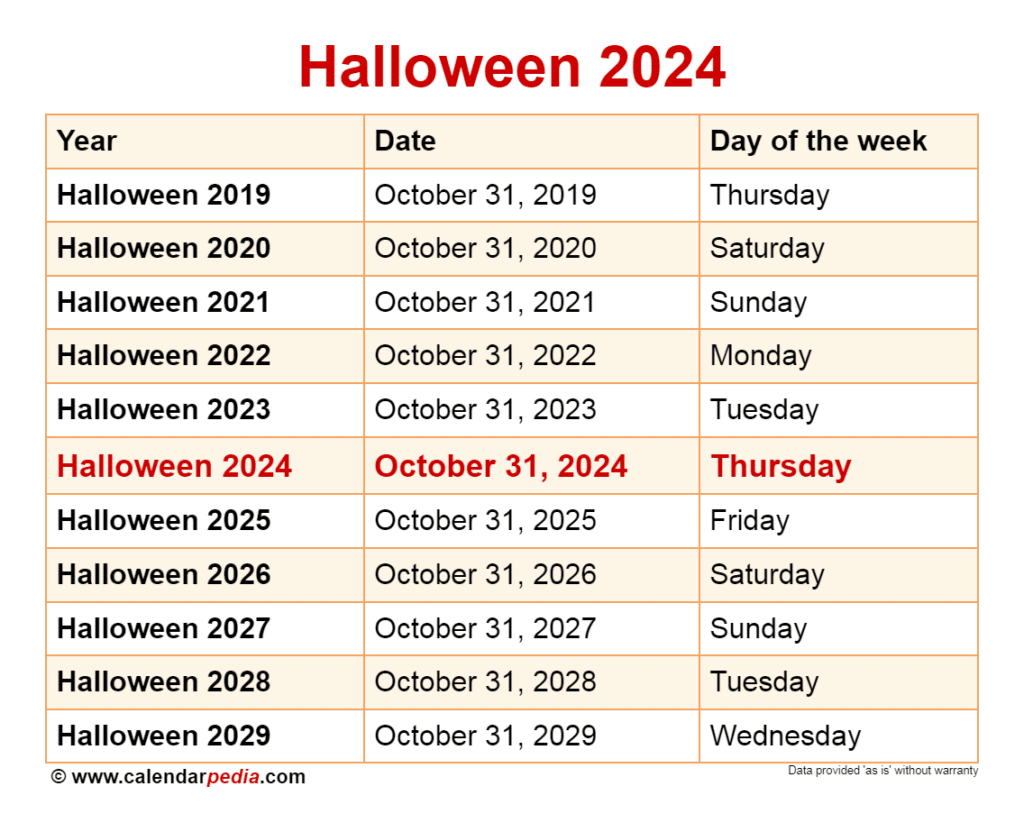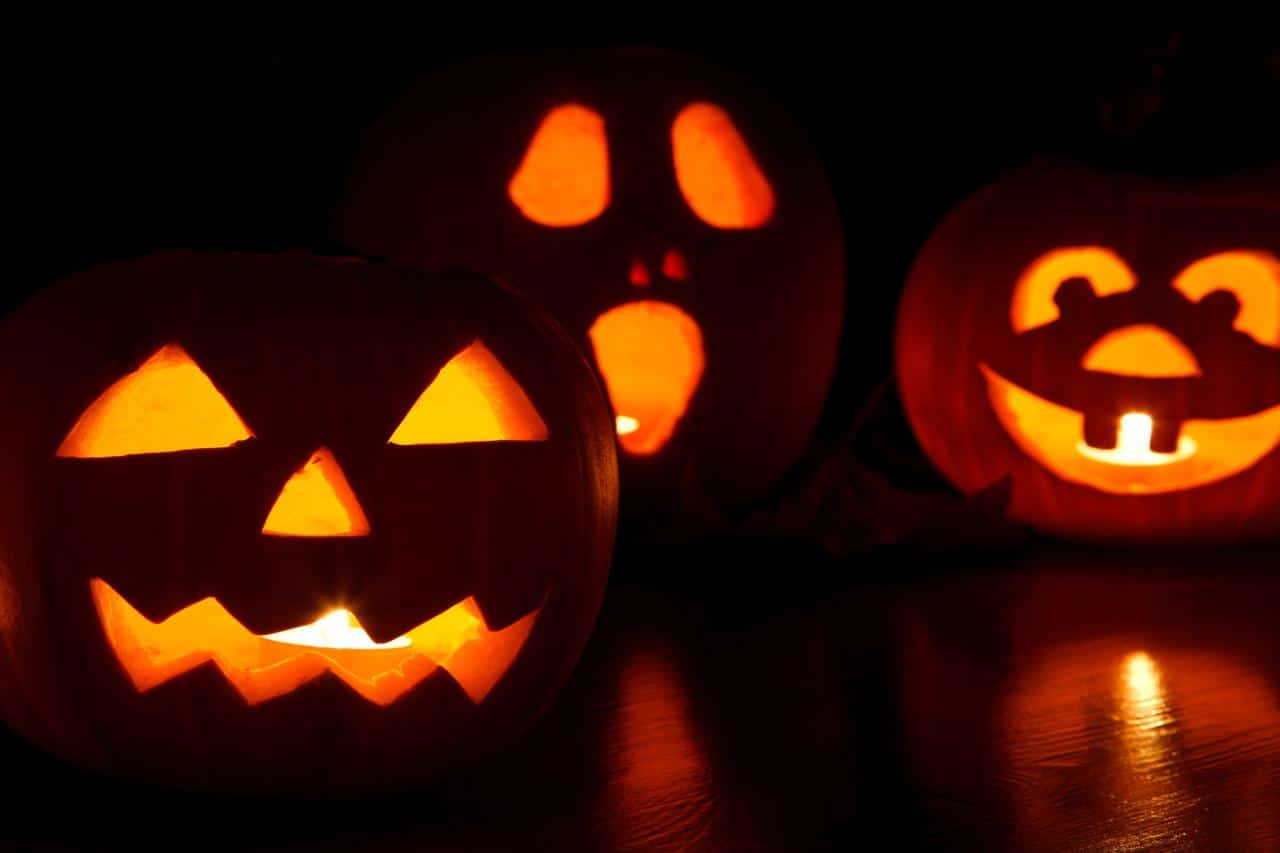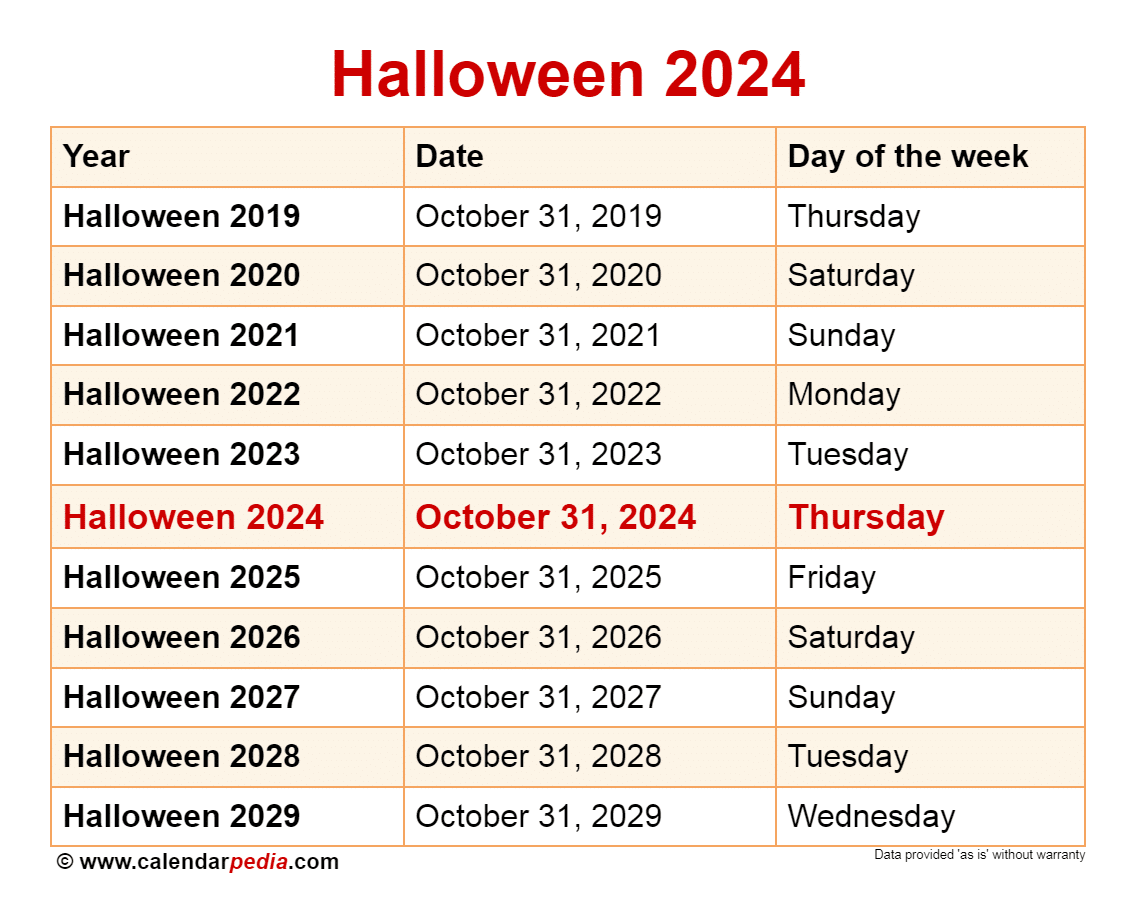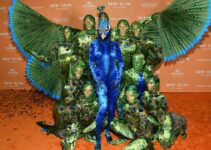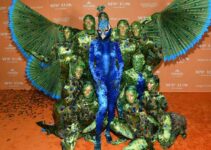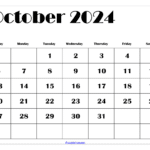Halloween 2024 history and origins – Halloween 2024: History and Origins is a captivating journey through time, exploring the evolution of this beloved holiday from its ancient Celtic roots to its modern-day global celebration. From the mystical festival of Samhain to the commercialized spectacle of today, Halloween has undergone a remarkable transformation, shaped by cultural shifts, religious influences, and the enduring power of folklore.
As we delve into the origins of Halloween, we’ll uncover the fascinating stories behind its traditions, symbols, and rituals. We’ll explore the impact of historical events, the influence of popular culture, and the ways in which Halloween has adapted and evolved across different societies.
This exploration will reveal how Halloween has become a global phenomenon, a celebration that transcends borders and cultures, uniting people in a shared spirit of fun, creativity, and a touch of the macabre.
Halloween’s Evolution in Europe

Halloween, a celebration widely recognized for its spooky and festive atmosphere, boasts a rich history deeply rooted in ancient Celtic practices and European customs. Its evolution over centuries is a fascinating journey that intertwines pagan rituals, Christian influences, and societal shifts, resulting in the multifaceted holiday we celebrate today.
From Ancient Celtic Practices to Medieval European Customs
Halloween’s origins can be traced back to the ancient Celtic festival of Samhain, celebrated on October 31st. This significant event marked the end of the harvest season and the beginning of winter, a time when the veil between the worlds of the living and the dead was believed to be thin.
The Celts believed that during Samhain, spirits could easily cross over into the realm of the living.
- To appease the spirits, Celts would light bonfires, a symbolic act of purification and warding off evil. These bonfires served as a focal point for community gatherings, where people would feast, share stories, and perform rituals.
- Costumes, often consisting of animal skins and masks, were worn to disguise themselves from spirits and ward off evil influences. These costumes played a significant role in the Samhain celebrations, as they allowed individuals to temporarily transform into something other than their everyday selves.
- The practice of divination, such as fortune-telling and using the bones of animals to predict the future, was prevalent during Samhain. This practice reflects the Celtic belief in the interconnectedness of the physical and spiritual worlds and the possibility of gleaning insights from the supernatural realm.
These Samhain traditions were adapted and transformed into early Halloween customs in Europe, with the focus shifting from appeasing spirits to celebrating the end of the harvest season and the coming of winter.
Christian Influence and the All Saints’ Day/All Souls’ Day Connection, Halloween 2024 history and origins
The introduction of Christianity in Europe brought significant changes to Halloween celebrations. The Church, seeking to assimilate pagan practices into its own doctrines, established All Saints’ Day on November 1st and All Souls’ Day on November 2nd.
- All Saints’ Day was dedicated to honoring all Christian saints, while All Souls’ Day commemorated the dead. This Christianization of the holiday served as a way to replace pagan beliefs with Christian ones, but it also allowed for the preservation of some traditional practices.
- The syncretism between pagan Samhain traditions and Christian beliefs led to a merging of the two celebrations. For instance, the bonfires associated with Samhain were incorporated into Christian celebrations, where they were seen as a way to ward off evil spirits and symbolize the light of Christ.
- Christian elements, such as prayers, saints, and the concept of purgatory, were integrated into Halloween practices. The belief in purgatory, a state of purification for souls before entering heaven, contributed to the tradition of praying for the dead and offering them food and drink.
The Christian influence on Halloween transformed the celebration from a pagan festival focused on the supernatural to a more religious observance centered on honoring saints and remembering the dead.
Costumes and Rituals in Medieval Europe
Halloween costumes in medieval Europe evolved from their initial connection to spirits and deities to more playful and symbolic attire.
- Costumes often depicted characters from folklore, such as witches, goblins, and devils, reflecting the prevailing beliefs about the supernatural and the fear of evil spirits.
- The emergence of more playful costumes, such as jesters and clowns, reflects a shift in societal attitudes towards Halloween, where the focus began to move away from fear and towards amusement and entertainment.
Medieval Halloween rituals were deeply intertwined with societal beliefs about the supernatural, the cycle of life and death, and the importance of community.
- Trick-or-treating, known as “souling” in medieval times, involved children going door-to-door asking for food or money in exchange for prayers for the dead. This practice reflected the belief in the power of prayer and the importance of remembering the departed.
- Divination practices, such as fortune-telling and using apples to predict marriage, were prevalent in medieval Europe. These rituals were seen as a way to connect with the supernatural and gain insights into the future.
- Storytelling played a crucial role in medieval Halloween celebrations, with tales of ghosts, witches, and other supernatural beings being shared around bonfires. These stories served as a form of entertainment but also served to reinforce societal beliefs about the supernatural and the importance of community.
Key Historical Events Shaping Halloween’s Evolution
Key historical events have significantly impacted Halloween traditions in Europe, shaping its evolution and influencing societal attitudes towards the holiday.
Planning your Halloween costume? Check out the Today Show Halloween 2024 costumes for some inspiration! From funny to fabulous, they’ve got it all.
- The spread of Christianity across Europe led to the Christianization of Halloween, resulting in the merging of pagan Samhain traditions with Christian beliefs. This syncretism transformed the holiday from a pagan festival focused on the supernatural to a more religious observance centered on honoring saints and remembering the dead.
Want to know how well the Today Show Halloween special did? Check out the Today Show Halloween 2024 ratings and see if it broke any records!
- The Black Death, a devastating pandemic that swept across Europe in the 14th century, had a profound impact on Halloween celebrations. The widespread death and fear associated with the plague contributed to the perception of Halloween as a time of death and the supernatural, reinforcing existing beliefs about spirits and the afterlife.
- The Reformation, a religious movement that emerged in the 16th century, led to a decline in the observance of All Saints’ Day and All Souls’ Day in some parts of Europe. This shift in religious practices resulted in a decrease in the importance of Halloween as a religious holiday, allowing it to evolve into a more secular celebration.
- Urbanization, secularization, and cultural exchange have also played a role in the transformation of Halloween traditions in Europe. The rise of cities and the increasing influence of secular values led to a shift away from traditional religious practices and a greater emphasis on entertainment and fun.
Cultural exchange, particularly through the influence of American culture, has introduced new traditions and customs to Halloween celebrations in Europe.
Halloween’s Transformation in the 20th Century
The 20th century witnessed a profound transformation of Halloween from a simple folk custom to a major commercial holiday in American society. This evolution was driven by a complex interplay of factors, including the rise of consumerism, the influence of media and popular culture, and changing social attitudes.
This essay will explore the key forces that shaped Halloween’s metamorphosis in the 20th century, analyzing its impact on American culture and traditions.
Remember those hilarious moments from last year’s Today Show Halloween? You can relive them by checking out the Today Show Halloween 2024 best moments. It’s a guaranteed laugh riot!
Commercialization and Popularization
The commercialization of Halloween began in earnest in the early 20th century, fueled by the growing popularity of the holiday and the emergence of mass production and marketing techniques. Retail giants like Hallmark played a pivotal role in shaping the commercialization of Halloween, introducing a wide range of greeting cards, decorations, and other themed products.
The rise of Halloween costume companies, such as Ben Cooper and the Costume Institute, further fueled the commercialization of the holiday, offering an array of costumes for children and adults.
- The emergence of Halloween-themed products, such as costumes, decorations, candy, and greeting cards, significantly contributed to the commercialization of the holiday.
- Marketing strategies employed by companies like Hallmark and costume companies created a demand for Halloween products, driving consumer spending and further popularizing the holiday.
- The impact of commercialization on consumer behavior was evident in the increased spending on Halloween celebrations, the adoption of new traditions, and the growing emphasis on consumerism.
The influence of advertising and media campaigns in popularizing Halloween celebrations was significant. Advertising agencies began creating elaborate campaigns to promote Halloween-themed products, using print media, radio, and later television to reach a wider audience. The media, in turn, embraced Halloween as a popular topic for news stories, television specials, and feature films, further contributing to its cultural significance.
Get ready for some seriously creative costumes! The Today Show Halloween 2024 celebrity costumes are always a highlight, so keep your eyes peeled for some major surprises.
- Early 20th-century advertising campaigns for Halloween-themed products often featured images of children in costumes, creating a sense of nostalgia and excitement for the holiday.
- Television specials, such as “It’s the Great Pumpkin, Charlie Brown” (1966), became cultural touchstones, reinforcing the holiday’s traditions and imagery.
- News coverage of Halloween events, including trick-or-treating and costume parades, helped to popularize the holiday and create a sense of community involvement.
Influence of Media and Literature
Classic horror films and literature had a profound impact on Halloween traditions, shaping costume choices and popular imagery. Films like “Dracula” (1931) and “Frankenstein” (1931) introduced iconic characters and themes that became synonymous with Halloween, inspiring generations of costumes and decorations.
Don’t miss out on the Halloween fun! Find out when the Today Show Halloween special will air by checking out the Today Show Halloween 2024 schedule and set your DVR!
The influence of these films extended beyond the realm of entertainment, permeating popular culture and shaping the public’s perception of Halloween.
- The popularity of horror films like “Dracula” and “Frankenstein” contributed to the association of Halloween with themes of darkness, fear, and the supernatural.
- Characters like Dracula, Frankenstein, and the Wolfman became iconic Halloween symbols, influencing costume choices and inspiring the creation of Halloween-themed merchandise.
- The enduring popularity of classic horror films continues to shape Halloween traditions, with characters like Dracula and Frankenstein remaining staples of Halloween celebrations.
The evolution of Halloween-themed movies and television shows in the 20th century further contributed to the holiday’s cultural significance. Films like “Halloween” (1978) and “The Nightmare Before Christmas” (1993) introduced new horror and fantasy elements to Halloween celebrations, expanding the holiday’s scope and appeal.
Television shows like “The Addams Family” (1964-1966) and “Monster Mash” (1962) popularized Halloween themes and characters, making them part of mainstream culture.
- Halloween-themed movies and television shows provided a platform for exploring themes of fear, fantasy, and the supernatural, reinforcing the holiday’s association with these concepts.
- The popularity of these films and shows contributed to the growth of Halloween-themed merchandise, costumes, and decorations, further commercializing the holiday.
- The influence of Halloween-themed media continues to shape the holiday’s cultural significance, with new films and television shows regularly adding to the canon of Halloween entertainment.
Popular children’s books and media also played a role in shaping Halloween traditions. Characters like “The Cat in the Hat” (1957) and “The Pumpkin Patch” (1979) became associated with Halloween, inspiring costumes, decorations, and activities for children. The influence of these characters extended beyond Halloween, becoming part of the broader cultural landscape and shaping the holiday’s image for young children.
- Children’s books and media often presented Halloween as a fun and festive occasion, emphasizing themes of costumes, candy, and trick-or-treating.
- Characters like “The Cat in the Hat” and “The Pumpkin Patch” became popular Halloween symbols, influencing costume choices and inspiring the creation of Halloween-themed products for children.
- The influence of these characters helped to shape the image of Halloween as a family-friendly holiday, fostering a sense of joy and excitement for children.
Halloween Around the World
While Halloween originated in Europe, it has evolved into a global phenomenon celebrated in various forms and with unique cultural interpretations.
Halloween Celebrations in Other Countries
Halloween celebrations around the world often blend traditional customs with modern influences, creating diverse and vibrant festivities.
- Mexico: Día de los Muertos (Day of the Dead)
Día de los Muertos is a vibrant celebration of life and death, honoring deceased loved ones. It is celebrated on November 1 and 2, with families building altars adorned with photos, flowers, food, and candles to remember the departed. People visit cemeteries, decorate graves, and partake in traditional foods like sugar skulls and pan de muerto (bread of the dead).
The celebration is filled with music, dancing, and vibrant colors, reflecting a joyous and respectful approach to remembering the deceased.
Can’t wait to see the Halloween fun unfold? Get a sneak peek at the Today Show Halloween 2024 sneak peek before the big day. You won’t want to miss it!
- Ireland: Samhain
Samhain, the ancient Celtic festival that served as the precursor to Halloween, is still celebrated in Ireland. It marks the end of the harvest season and the beginning of winter, with bonfires symbolizing the transition from summer to winter. Traditionally, people would wear costumes to ward off evil spirits and participate in divination rituals.
- Japan: Halloween
Halloween is a relatively recent import to Japan, gaining popularity in the 1990s. While traditional Halloween customs are not widely observed, it has become a popular occasion for dressing up, attending parties, and enjoying themed events. The celebration often takes on a more commercialized aspect, with focus on costumes, decorations, and sweets.
- China: Halloween
Halloween is becoming increasingly popular in China, particularly among young people. The celebration often involves costume parties, trick-or-treating, and themed events. The influence of Western culture has led to the adoption of Halloween traditions, though Chinese cultural elements may be incorporated, such as the use of traditional costumes and decorations.
Wondering who’ll be making an appearance on the Today Show’s Halloween special? You can find out all about the Today Show Halloween 2024 special guests online. It’s gonna be a star-studded affair!
End of Discussion: Halloween 2024 History And Origins
From the ancient Celtic celebration of Samhain to the modern-day commercialization of Halloween, this holiday has journeyed through time, adapting to changing cultural landscapes and societal values. While its origins may be steeped in ancient folklore and pagan beliefs, Halloween has evolved into a global phenomenon, uniting people in a shared spirit of celebration and creativity.
As we move forward, it’s exciting to imagine how Halloween will continue to evolve, embracing new technologies, cultural trends, and the enduring human fascination with the supernatural.
Expert Answers
What is the difference between Halloween and All Saints’ Day?
Halloween, originally a Celtic festival known as Samhain, predates the Christian holiday of All Saints’ Day. While Halloween was celebrated as a time to honor the dead and communicate with spirits, All Saints’ Day, observed on November 1st, commemorates all Christian saints.
Over time, the two celebrations have become intertwined, particularly in Western cultures.
Why are pumpkins associated with Halloween?
The association of pumpkins with Halloween dates back to the Irish legend of “Stingy Jack,” a mischievous spirit who tricked the Devil. Jack was condemned to roam the earth with a carved-out turnip as his lantern. When Halloween traditions arrived in America, pumpkins, which were more readily available than turnips, became the preferred choice for carving.
Is Halloween celebrated in countries other than the United States?
Yes, Halloween is celebrated in many countries around the world, though its traditions and customs vary. In many European countries, Halloween is a less commercialized celebration, with a focus on folklore and traditional rituals. In Mexico, the Day of the Dead, a vibrant celebration honoring deceased loved ones, is observed around the same time as Halloween.
